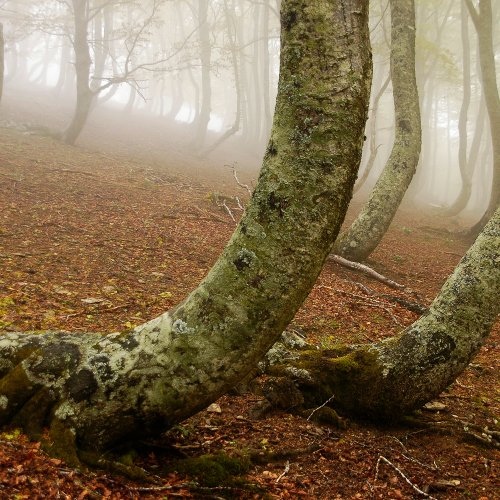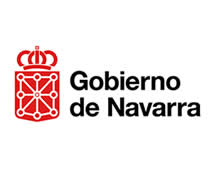To the north of the Valley is the Urbasa-Andía Mountain Range. A climatic boarder forms which slows and downloads moisture from the Cantabrian Sea. The mountain ranges are two large plateaus with edges raised on the northern and southern slopes.
The karst soil means that, despite the heavy rain and snow, there are hardly any surface rivers as the water seeps into cracks and potholes forming an underground network. These soil characteristics, as well as the relief and weather, determine the three types of existing vegetation in Urbasa and Andía: the forests, clearings and vegetation on the crags.
Deciduous forests occupy most of the Urbasa Mountain Range and are rare in Andía. Beech trees predominate, accompanied by maples, linden, ash and holy.
Amongst the vegetable richness of the park, are included a beautiful specimen of yew, “Yew Otsaportillo”, protected as a natural monument.
The Iranztu region contain a rich variety of landscapes.

Fauna
There is abundant wildlife that consists of squirrels, bats, foxes, badgers, wild pigs, birds of all kinds and amphibians such as the common frog and the palmate newt.
- Birds of prey: Griffon vulture, buzzard eagle, peregrine falcon, night owl, long eared owl, red kite, kestrel, harrier, barn owl, antillo, etc.
- Other birds: Great grey shrike, robin, lark, nightingale, finches, orioles, African stonechat, white throated dipper, European goldfinch, etc.
- Aquatic fauna: Heron, cormorant, moorhens, gosling, mallards, etc.
- Game species: Partridge, thrush, rabbit, quail, woodcock, wood pigeon, wild boar, fox hare, etc.
Flora
In Abárzuza, Lezáun, Salinas de Oro, Guesálaz Valley and the Yerri Valley the flora in general terms are as follows:
- Flora - Tierras de Iranzu
- Beech, holm oak, oak
- Gall
- Scrubland, boxwood, juniper
- Black and white Poplar
- Elm, ash
- Alder, willow, linden
- Corsican pine
- Aleppo pine, holm oak and poplar reforestation etc.
